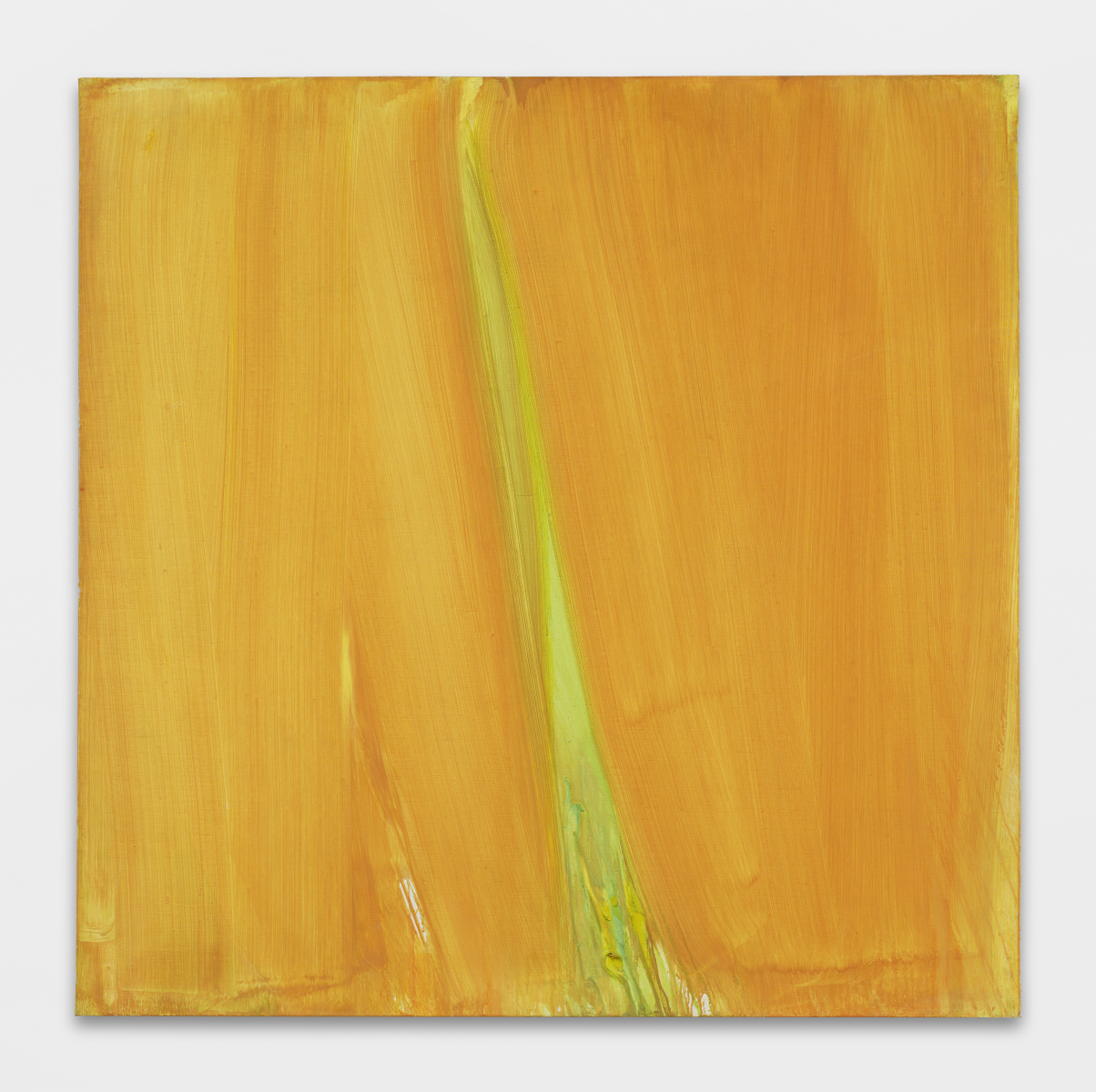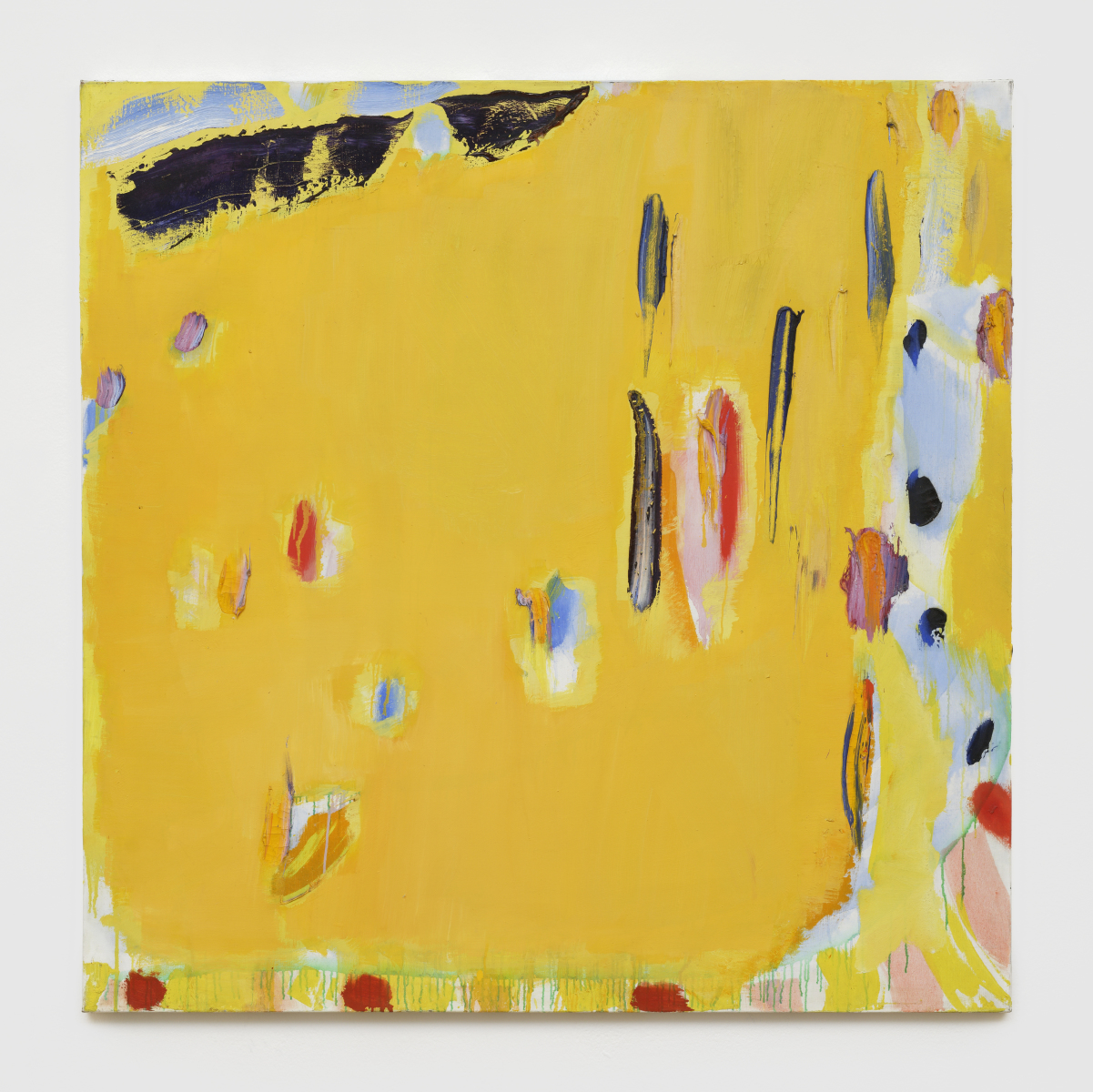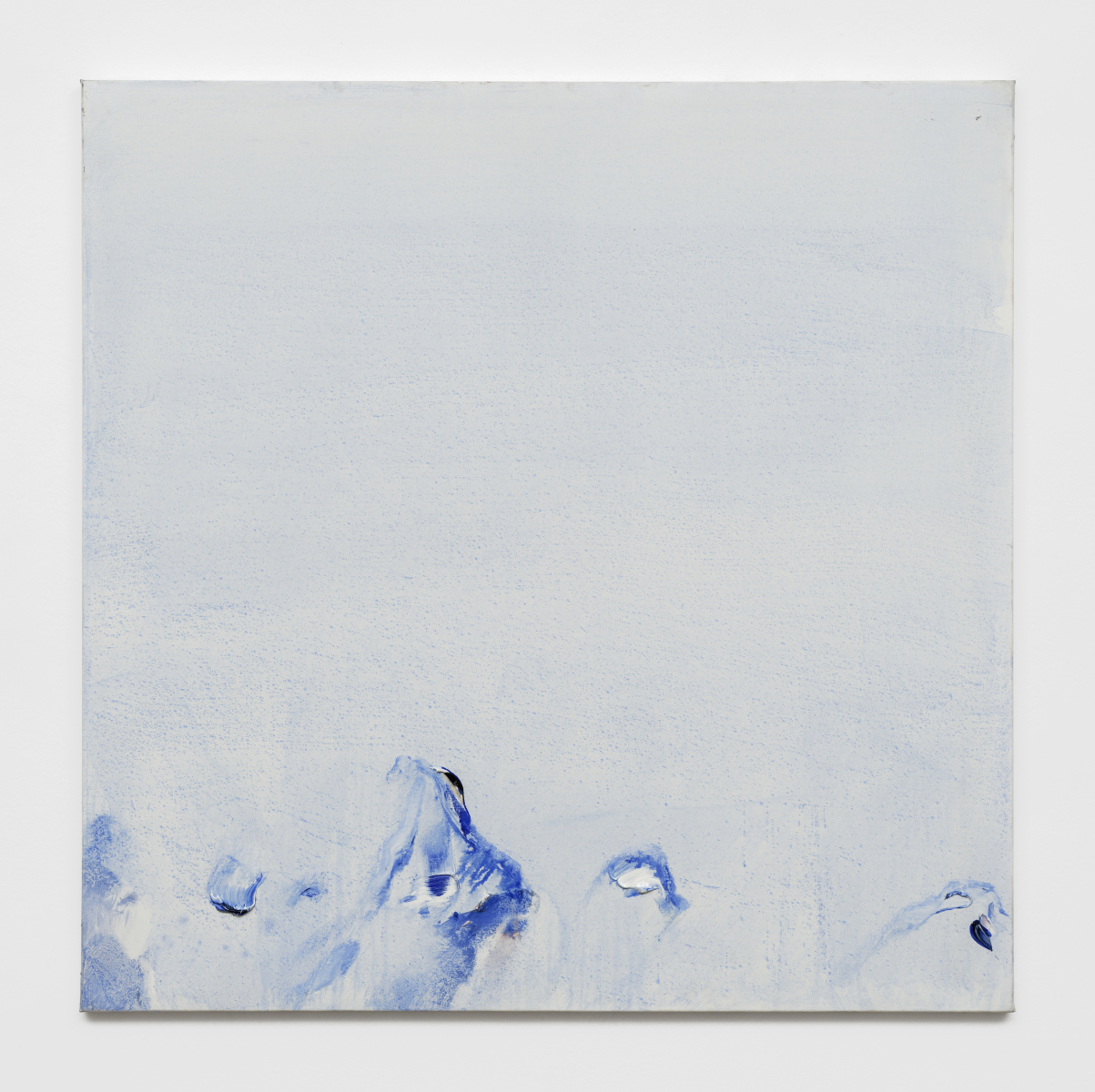Olivier Debré

Olivier Debré
Born in 1920, in Paris, France
Dead in 1999, in Paris, France.
Presentation
Olivier Debré began his learning and practice of drawing, painting and sculpture, very early, transmitted and influenced by his grand father, the painter Edouard Debat-Ponsan. In 1939, he joined the Ecole des Beaux-Arts of Paris in the architecture section and was a student of Le Corbusier. From his training in architecture, he retains an important concern for space in his pictorial work. He will even say later: "Painting is an organization of space". In 1949, he exhibited at the gallery of Georges Aubry where he met Picasso. In 1942-1943, the many visits he made to the workshop of the Spanish master influenced his work. Since then, he seeks to arouse emotion through his paintings without using representation. Olivier Debré produced his first abstract paintings in 1943 and begins to work on the sign, which for him is the embodiment of emotion and thought while being the bearer of the reality. In 1949, the Bing Gallery presented the painter's first personal exhibition. There, he met artists like Michel Atlan, Pierre Soulages and Hans Hartung. From 1959, he painted the famous series of character signs. Then, at the beginning of the sixties, after a trip in the United states of America where he met artists of abstract expressionism (including Rothko, Kline, Olitski), he resumed landscape painting, painting large colored canvases in nature, following his emotions and sensations in the face of contemplation. In 1967, he represented France at the Universal Exhibition in Montreal. The artist travels a lot in the following decade and especially in Norway. In 1987, he made the stage curtain for the Comédie Française, then in 1989, one for Hong Kong Opera and another for the New Shanghai Opera in 1998. In 1997, he also made costumes and sets for the ballet "Signes" created by the Opéra de Paris and whose choreographer was Carolyn Carlson. Debré has also illustrated many books. In Tours, the Contemporary Creation Center Olivier Debré regularly presents the artist's work in resonance with contemporary creations, thus continuing to bring Olivier Debré's work to life.
Olivier Debré has always been on the fringes of the main lines of a simplistic art history that likes to use convenient labels, like those of first-year university textbooks that classify artists according to their distinctive signs - figuration versus abstraction, geometric abstraction, lyrical abstraction, informal painting - but which does not know what to make of a painter who claims the affirmation of the surface as a field of colour and the work on the sign, without giving up sensation.
As Milena Glicenstein reminds us in her essay, the Nouvelle École de Paris, whose boundaries have the advantage of being very fluid, provided a framework for his early career, which saw him evolve from post-impressionism to abstraction under the influence of Picasso.
After the traumas of the war, about which he remained sufficiently discreet throughout his life for the exhibition of his drawings from 1945-1960 to constitute a real discovery for critics and the public when they were presented in 1990, his art followed paths parallel to those of his European and American peers, in a post-war period which was fascinated by the American all-over of Pollock and Rothko and which did not often see the kinship between all these works.
(...)
He owes the fullness of his style to his large compositions - the Signes-paysages - in which the Loire occupies a predominant place. The material becomes fluid like the water that flows over the canvases that he sometimes leaves outside at dusk when it is no longer possible to paint.
The impasto becomes the very material of the landscape, which is invited by the twigs and sand that settle on his paintings. In this respect, the works donated by the artist during his lifetime to the Musée des Beaux-Arts in Tours are quite revealing of the intrinsic link between Debré and his Loire. Attached to Touraine, he often visited the Musée des Beaux-Arts, where he wandered through the rooms, enjoying the fact that his works were in the heart of this two hundred year old collection, in the gold of the former archbishop's palace. Sophie Join-Lambert likes to recall his availability and kindness towards the museum team and the students he met there. In the recording of the interview retranscribed in this book, we can hear his humility and his concern to be understood by his interlocutor, who constantly reassures him of the quality of his speech.
Hélène Jagot, extract from tes book Olivier Debré, l'abstraction fervente, LIENART éditions, 2021
Guerre(s), Paris
December 18, 2019 - February 01, 2020
50: Les années fertiles, Luxembourg
June 30 - August 31, 2011
Olivier Debré - Étienne Hajdu, Luxembourg
June 19 - August 01, 2009
Main exhibitions and orders
2021
Étendue, corps, espace. Olivier Debré et les artistes architectes, group shows, Centre de Création Contemporaine Olivier Debré (CCCOD), Tours
2020
Olivier Debré, signes personnages, solo show, Abbaye du Mont-Saint-Michel, festival "Normandie Impressionniste"
2020
La Peinture à l'épreuve, solo show, Centre d'art Le Garage à Amboise
Signes Personnages, exposition collective itinérante, Tours Métropole
2019
Les Nymphéas d'Olivier Debré, solo show, Centre de Création Contemporaine Olivier Debré (CCCOD), Tours
2017
Olivier Debré : un voyage en Norvège, solo show, Centre de Création Contemporaine Olivier Debré (CCCOD), Tours
2013
« Olivier Debré, signes-personnages, signes-paysages », Musée des Beaux-Arts, Carcassonne
2009
1945-1949 Repartir à zéro, comme si la peinture n’avait jamais existé - Musée des Beaux-Arts de Lyon, Lyon
CORTE/50 - MAMM - Museo de Arte Moderno Medellin, Medellín
arte & natura - Museo Villa dei Cedri, Bellinzona
2008
Signe Ecriture Signe - MAMAC Musée d´Art Moderne et Contemporain, Liège
The Story Goes On – Contemporary Artists in the Wake of Van Gogh - MODEM Centre for Modern and Contemporary Arts, Debrecen
2007
« Olivier Debré, grands formats », Musée des Beaux-Arts, Angers
Hommage à André Marfaing - les Abattoirs de Toulouse, Toulouse
Gestes, signes, traces, espaces - Musée des Beaux-Arts de Caen, Caen
Auktion 25 - Lehr - Auktionshaus und Galerie, Berlin
Hommage à l´Atelier Lacourière-Frélaut - Galerie Michèle Broutta, Paris
2005
Réouverture du LAAC - LAAC - Lieu d'Art et Action Contemporaine de Dunkerque, Dunkerque
2003
Un jardin secret - Collection Monique Dorsel et Emile Lanc - Centre de la Gravure et de l'Image imprimée, La Louvière
« Olivier Debré. Peintures », galerie Louis Carré & Cie, Paris
« Olivier Debré. Œuvres de la dation », Centre Georges Pompidou, Paris
2000
« Hommage à Olivier Debré. Peintures de 1963 à 1990 », Centre d’Arts Plastiques, Royan
1999
Kunst und Demokratie Widerstand und Freiheit - Galerie Carinthia, Klagenfurt
1998 – L’artiste crée le rideau de scène de l’Opéra de Shanghai
1998
Beyond Image – A Retrospective of Olivier Debre - Hong Kong Museum of Art, Hong Kong, SA
Usporednosti - 12 Francuskih Umjetnika - Museum of Modern Art Dubrovnik, Dubrovnik
1996
Grabado Francés - MADC Museo de Arte y Diseño Contemporáneo, San José
Acquisitions Récentes Du Musée National D'histoire Et D'art - Casino Luxembourg - Forum d'art contemporain, Luxembourg
1995
« Olivier Debré » (rétrospective), galerie Nationale du Jeu de Paume, Paris
1994
Le quart d’heure américain - FRAC - Bourgogne, Dijon
1993
Entre la sérénité et l'inquiétude - Musée d'Art moderne de Saint-Etienne, Saint-Etienne
« Olivier Debré, rétrospective, 1943-1993 » (rétrospective itinérante),Théâtre de Saint-Quentin-en-Yvelines, Montbéliard / Valence / Ajaccio, Musée Fesch / Montigny-le- Bretonneux
1991
Tours, CCC, « Olivier Debré. Quatre tableaux »
1990
« Debré. Dessins, 1945-1960 », Musée d’Art et d’Histoire, Saint-Denis
1989 – Debré réalise le rideau de scène de l’Opéra de Hong Kong
1987 – Paris, rideau de scène de la Comédie-Française
1984
Olivier Debré - Galerie Daniel Templon, Paris
« Olivier Debré. Grands formats (1982-1984) », Pavillon des Arts, Paris
1980
« Olivier Debré » (rétrospective), Musée des Beaux-Arts, Tours
1979
« Olivier Debré. Œuvres récentes », galerie Daniel Templon, Paris
1976
« Olivier Debré », Musée des Beaux-Arts, Nantes
1975 - Chinon, Lycée Rabelais - Debré réalise une grande toile
1975
« Olivier Debré » (rétrospective), Musée d’Art et d’Industrie / Maison de la Culture, Saint-Étienne
1971 – Olivier Debré exécute deux grandes toiles à la commande de la Ville d’Amboise
1970 - Osaka, Pavillon de l’Europe, Exposition Internationale – création d’une céramique monumentale inaugurée le 15 mars
1968
« Olivier Debré peintures », Musée Galliera, Paris
1967
« Expo 67. Terre des hommes », pavillon français de l’Exposition Inter- nationale, Montréal
1967- Exécution d’une peinture monumentale dans le hall du bâtiment conçu par l’architecte Jean Faugeron (Signe d’homme, 250 x 500 cm)
1966 - Créteil, Maison des Jeunes Travailleurs - création d’une grande peinture
1966
« Olivier Debré. Peintures 1943-1966 » (première rétrospective en institution publique),Musée des Beaux-Arts, Le Havre
1965 – Collège de Royan (architectes : Guillaume Gilet et Bernard Cayla) - dans le cadre du 1% artistique, création de deux grandes toiles décoratives pour l’internat
1960
Solo show, Galerie Knoedler, Paris
1959
Solo show, Knoedler Gallery, New York
1956
Solo show, Galerie Michel Warren, Paris
1949
Solo show, Galerie Bing, Paris
Bibliography (selection)
2013
Harambourg Lydia, Olivier Debré, Ides et Calendes
2007
De Chassey Eric, Olivier Debré, Expressions contemporaines
1999
Debré Olivier, Espace pensé, espace créé, le signe progressif, Le cherche Midi éditeur
1998
Christensen Haaken-A, Olivier Debré - Debré et la Norvège, Fragments Editions
1996
Debré Olivier, La marche de Mme Ouvrard
Debré Olivier, La couleur des mots, Le cherche Midi éditeur
1993
Pernoud Emmanuel, Olivier Debré, Les estampes et les livres illustrés (1945-1991), Éditions de La Sorbonne
1992
Coppel Georges, Debré Olivier, Guitet James, Silbermann Jean-Claude, Kallos Paul, Le hasard et la rigueur, Du Griffon eds
1991
Cabanne Pierre, Debré, Éditions Cercle d'art
1987
Debré Olivier, L'espace et le comportement, L'échoppe Eds
Debré Olivier, Le rideau de la Comédie-Française, Garamont - Archimbaud
1984
Bernard Noël, Debré, Flammarion
1975
Ponnau Dominique, Ceysson Bernard, Olivier Debré, Musée d'art et d'industrie/ Maison de la Culture et des Loisirs,



